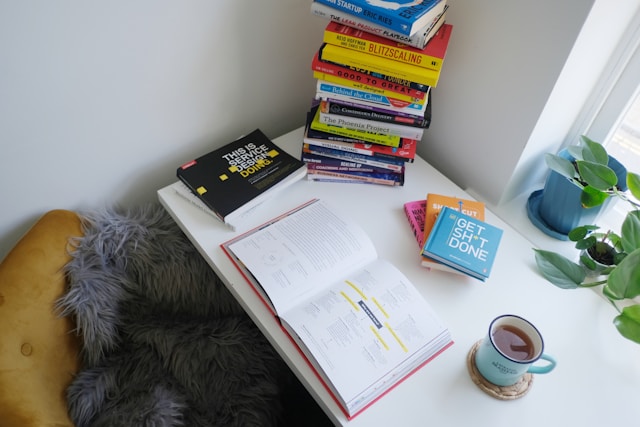Learn your work routine preferences for less hassle
I’m currently out of my normal routines. This means less time to write these posts and do other work that I’m trying to complete. It means I have only an hour, or two each day to do the important work-related things.
This is mildly stressful, and has several repercussions. As I have no time for longer, deeper work sessions, I can only focus on what can be done in an hour or so. It also means that when I pause during the rest of the day, I’m thinking about what comes next. What should I do in the next session? This is not relaxing, even if lots of small wins feels good.
Everyone has their own preferences for how and when to do the work that they need to do. I like at least two or three longer sessions each week, if possible. I can fit in other work that needs less time, and less thinking, as and when between the other longer tasks. If I know that I need a longer session for a bigger task, then I’ll make space for that, and clear out smaller tasks in the meantime.
Work with your preferences
As I’m out of my normal routine I need to be more creative in how I do my work. I can decompose bigger tasks into smaller ones. I can do the work in different ways too. Instead of using the laptop I can do some work on my mobile if an opportunity presents itself. This is the joy of writing and note apps that sync across devices.
For example, this post was mapped out on my mobile, so that I could fill it in here. I’ll do a rough draft on Monday, and then finish it on Tuesday. That’s when I’ll also prep it for the newsletter and LinkedIn too so they get posted on Wednesday. Bigger work gets slimmed down, and done in smaller slices of work that build the big item.
Everyone should be aware of how they prefer to work. Then you can organise your work to suit your preferences. Then you can accommodate this in unusual times. Given I know my preferences, I could organise my work during this different time.
The part that I find more challenging now is creating opportunities for the revelations that normally follow a longer session: when you get stuck on something, then take a walk, go for a bike ride, or talk to someone about it, and you realise the issue, and possible solution.
At the moment those seem to come in the middle of the night. Great. At least they appear, but why can’t they come when I’m awake, and pausing between things? Probably something to do with how busy our brains are, even when resting. Oh well.
Encourage your team to learn their work preferences
Talk about this with your team over coffee or lunch. Find out if they have preferences. Ask them how they manage this when their routine is messed up. For example, ask students what their work routine is when they’re home with family.
Talk it through. Find out how people manage this over longer periods of time: For example, would it work for a month, or two? The goal here is to isolate the key aspects and consider ways to keep those key parts in focus. For me, it’s the slow breakfast of reading the news, and easing into the day. Plus, some time to think and do some work, even if only to make some notes, as I reply to emails about work type things.
Knowing that I have these methods to maintain my thinking and outputs that help achieve the outcomes make it work for me. Thinking them through for you and your people will help them do better too.
This post is part of a project pulling together my materials and ideas about Teaching Team Collaboration: the Human-Side of Software Development for software development to students.
If you’d like to be notified of future posts, then please sign up for more using the adjacent form. When you sign up, then I’ll send you a free copy of the collaboration rules as a PDF from the book. You can also follow me on LinkedIn
The ideas above are from my book 101+ Ideas to Improve Team Collaboration, which covers all of these little things that students can do to improve their collaboration. Also available via Kindle.
